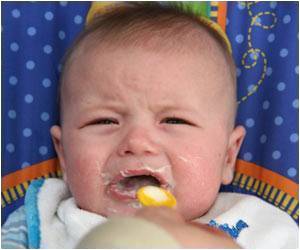
Matt Strickland, MD, and colleagues reviewed all cases of foreign body ingestion seen in the emergency department from April 1, 2002 through December 31, 2012. Inclusion criteria included being less than 18 years of age, with suspected or confirmed magnetic ingestion. According to Dr. Strickland, "We chose to limit our scope to the alimentary tract because the majority of serious harm from magnets arises from perforations and fistulae of the stomach, small bowel, and colon." To reflect the introduction of small, spherical magnet sets in 2009, the study was divided into two time periods, visits during 2002-2009 and those during 2010-2012.
Of 2,722 patient visits for foreign body ingestions, 94 children met the inclusion criteria. Of those, 30 children had confirmed ingestion of multiple magnets. Overall magnet ingestions tripled from 2002-2009 to 2010-2012; the incidence of injuries involving multiple magnets increased almost 10-fold between the two time periods. Six cases required surgery for sepsis or potential for imminent bowel perforation, all of which occurred in 2010-2012. The average size of the magnets also decreased approximately 70% between 2002-2009 and 2010-2012.
This study shows a significant increase in the rate of multiple magnet-related injuries between 2002 and 2012. "More concerning, however," notes Dr. Strickland, "is the increased number of high-risk injuries featuring multiple, smaller magnets." Despite new magnet-specific toy standards, labeling requirements, product recalls, and safety advisories issued in the past 10 years, continuing efforts should focus on educating parents and children on the dangers inherent in magnetic "toys."
Source-Eurekalert








